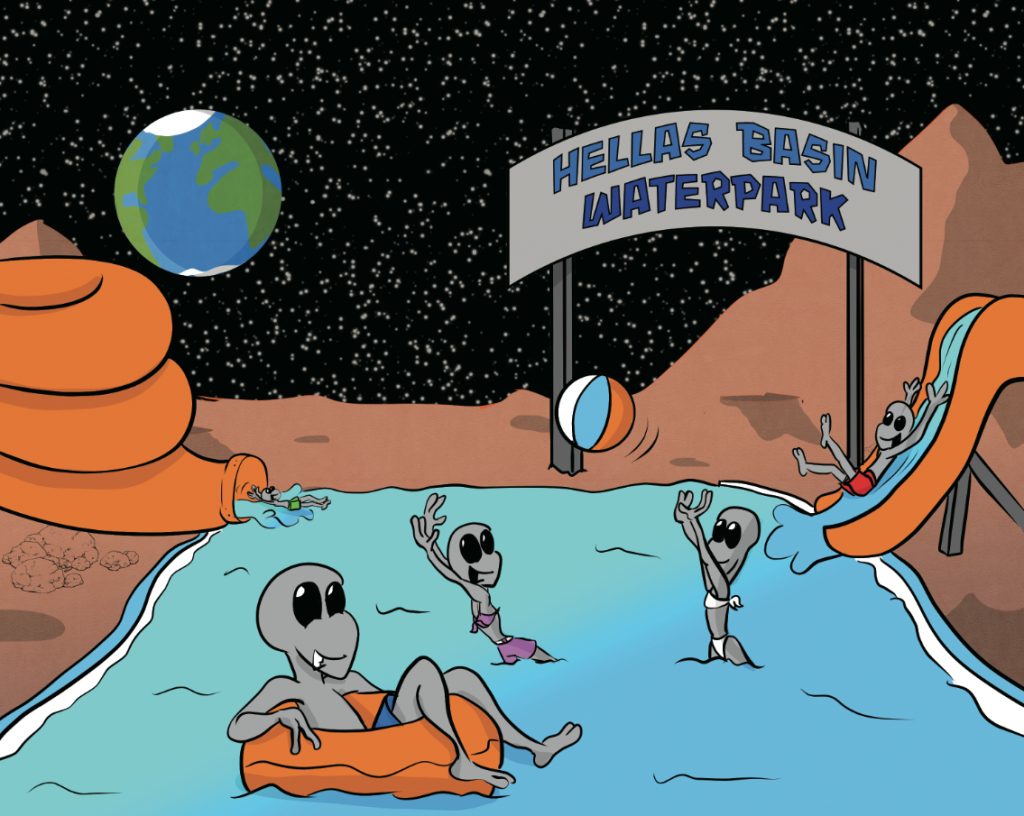
Space discovery may lead to future advances
By Cazzy Lewchuk, Staff Writer
On September 28, NASA made an announcement confirming speculation and igniting future questions of the scientific global community. A study published in the scientific journal Nature Geoscience detected Recurring Slope Lineae (RSL), which are dark stains that appear on slopes on the Martian landscape. These stains are most likely caused by hydrated salts, or salt water, that flow down the slopes during warm weather on the planet.
The lead study author of the expedition, Lujendra Ojha, explained in a press statement published on space.com the possible scientific implications. “Liquid water is a key requirement for life on Earth. The presence of liquid water on Mars’ present-day surface therefore points to environments that are more habitable than previously thought.”
Indeed, the presence of water in a liquid and flowing format has implications for the livability of Mars’ environment in the past and future. It points to a landscape more capable of supporting life than previously thought, in the form of naturally occurring organisms on the planet, or future human colonization. However, the discovery should not be taken as a definitive sign of extraterrestrial life.
The water detected is extremely diluted with perchlorate brines, mineral salts not easily accessible for living conditions for most known life forms. The evidence also suggests that the water only appears in the summer months of Mars. The exact chemical composition or origin of the flowing water remains unknown, leading only to speculation and debate about its possible biological utilization.
The RSL was first discovered in 2010 by Ojha using HiRISE, a camera on board the Mars Reconnaissance Orbiter first launched in 2005. Confirmation of the water origins of the streaks was finally detected through study of the perchlorate salts, which detected imbedded water molecules. The water’s origins may be from an aquifer or melting ice, or perhaps created in the Martian atmosphere.
Existence of water, including flowing water, on Mars has been previously known to exist from billions of years ago, when Mars had a warmer climate. But until now, present-day water flowage was not known to exist. This new discovery raises questions for livability and contamination of microbes—not only native to Mars, but invasively spread from Earth origins via humans or machines.
Exploration of the red planet and study of this water will continue. Scientific milestones and discoveries in the future may include confirmation of habitability by organisms, the first human to walk on Mars, or even detection of extraterrestrial life forms native to the landscape. Whatever may be found, this latest detection only leads to more curiosity about the ultimate nature of the universe—its design, accessibility, and very nature.

